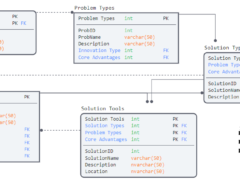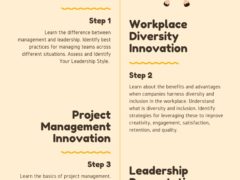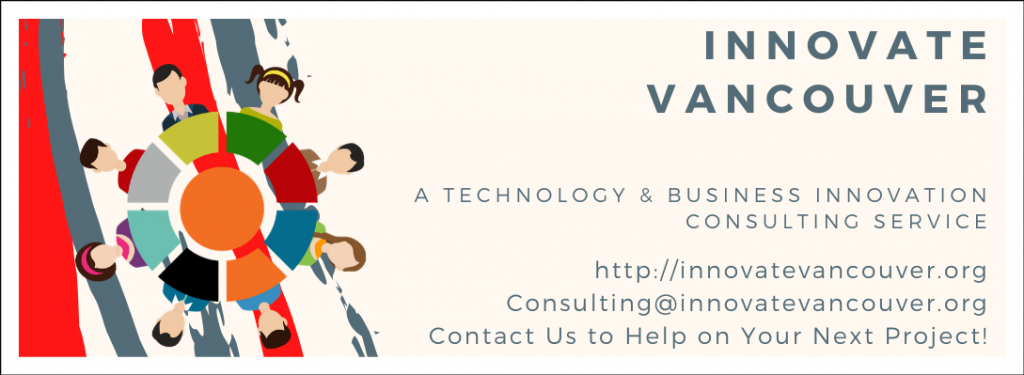Disruption occurs when an incumbent introduces products or services. More likely, an agile & responsive startup changes the market. This ability to disrupt the marketplace requires the willingness to serve unmet needs. It also needs an ability to deliver on short notice. Change and agility to respond to changes in the marketplace is key.
The tech sectors benefit more from an agile or lean approach (such as LeanUX). This approach supports multiple iterations and agile thinking throughout the business lifecycle. It is more advantageous for tech than the nonprofit sector. The nonprofit sector is heavily dependent on resources. It is considerably less efficient in engaging additional customers than the tech sector. The tech sector can increase efficiencies to roll out a particular product. However, the service sector often experiences diminishing returns in quality. This occurs as more and more customers are engaged by the same employee. Ratios of staff to customers are often considerably lower in the nonprofit industry.
The initial stages of disruption are leaner for technology driven projects. Nonprofit sector driven projects require considerably far more resources. This does not mean that a lean or agile methodology is not useful in executing nonprofit projects. Iteratively validating customer requirements is crucial. Service specifications are vital for individualized service delivery in the nonprofit sector. Ongoing communication is required. Teaming and modifying nonprofit specifications are necessary as well. These steps ensure the service is meaningful, relevant, and useful to the customers. But the nonprofit industry has more difficulty creating full system changes.
When applying LeanUX or more agile methodologies in order to avert disruption the following nonprofit organization challenges must be addressed:
Challenges Legacy Nonprofit Providers face:
- Existing architecture is often outdated and matched to support outdated specifications
- Existing models often incorporated outdated practices and guidelines that struggle to incorporate changes
Challenges nonprofit providers face when implementing the LeanUX methodology:
- Silos that interfere with cross collaboration and movement, as well as organizational learning and transfer of knowledge (synergy)
- Heavy resource dependency with limited opportunities for efficiencies
Challenges driving forward with an MVP that ‘changes the game’:
- Competitive nonprofit models are easily replicated
- Existing nonprofit models always require individualization, limiting opportunities to be unique or distinctive
- Any changes to an existing nonprofit model often require regulatory and stakeholder approval. However, this approval does not necessarily mean execution of changes will be successful. The changes might not be adequately supported. Change is often resisted
Challenged faced with the guideline to always have a reversible decision by the end of the CEO’s meeting:
- Organizational culture supports a democratic and collaborative approach to decision making; sometimes to a fault
- Challenges that are championed are thus not always reflective of a sustainable direction
Challenges with scaling to build up efficiencies:
- Heavy resource dependency limits efficiencies for scaling
- Regulatory frameworks and relationship with funders often limit opportunities for scaling due to fixed specifications and cross system interdependencies
The result with all of the above creates challenges for nonprofits hoping to modify their business model.

The following practices can help nonprofit incumbents protect their market share or new entrants to gain advantages when entering a new market:
- Make the guidelines and topics of Agility & Lean part of the organizational lexicon
- Limit silos and other barriers to a multi-disciplinary approach to those that are absolutely essential
- Increase use of available (and new) feedback mechanisms to cultivate information and evaluate current product & service offerings
- Formally clarify priorities, and identify ways to increase buyin while limiting the reinforcement of dissension
- Strengthen the connection between recruitment, retention, training, strategy, and the development of the organization’s culture
- Increase the use of mechanisms that help celebrate success, reinforce relevant organizational customs & rituals, and produce lasting artifacts that help guide & align future efforts
These suggestions are not a panacea for everything that stalls organizational alignment. But they are a start. Move to slow and your customers are under served. Move to fast, particularly in a nonprofit business environment, and your resources may get left out in the rain. A balance must be struck. First, nonprofit organizations need to identify what keeps stalling their efforts. They should look for existing models that can help them become ‘unstuck.’ Looking at the startup and entrepreneurial business environments provides numerous examples of how to get there.
Nonprofit services are often not a ‘one size fits all.’ Therefore, developing the ‘perfect-market-fit’ is often not realized at the model building stage. It’s realized during implementation as awareness of the project’s disruption on existing processes, priorities, and outcomes. The larger model’s framework can be designed through an iterative process based on customer feedback. However, this approach will often limit its applicability. Its relevance may also decrease over time.
Shifts that cause disruption are necessary to bring the nonprofit industry forward. Some may call this putting the ‘cart before the horse.’ It works if nonprofits share some responsibility. They need to incorporate iterative design processes when building the larger framework in the beginning.
Travis Barker, MPA GCPM
Innovate Vancouver
References:
Dhunay, N. (2016, March 7). The Art to Disrupting Legacy Industries. Retrieved March 11, 2016, from http://www.techvibes.com/blog/the-art-to-disrupting-legacy-industries-2016-03-07
Innovate Vancouver is a business development & consulting service and technology startup located in Vancouver, BC. Contact Innovate Vancouver to help with your new project. Innovate Vancouver also gives back to the community through business consulting services. Contact us for more details.




